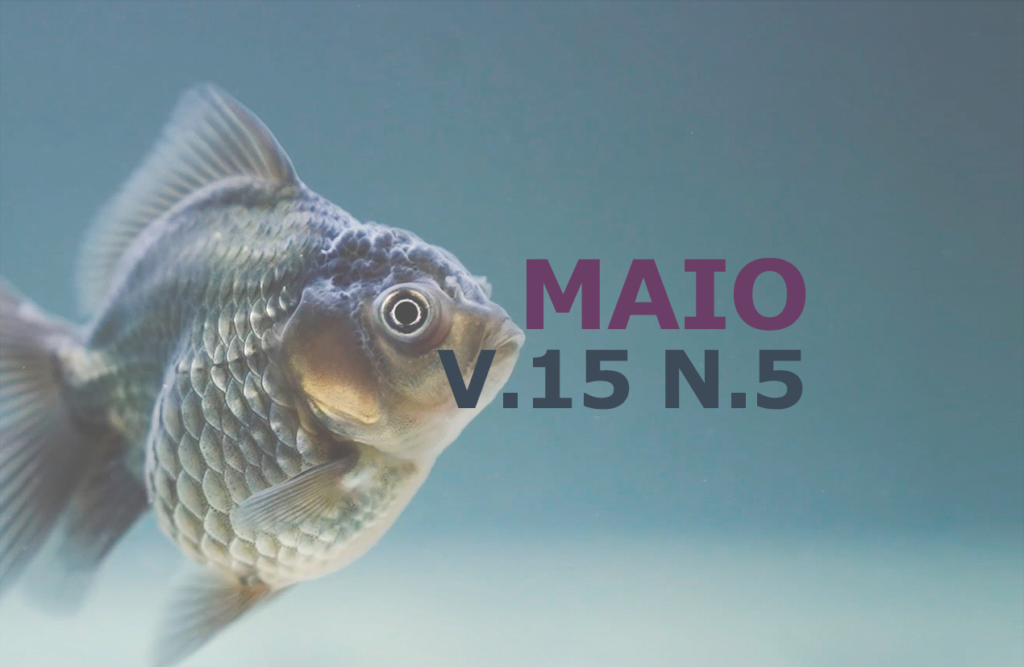Environmental enrichment in zoos
DOI:
https://doi.org/10.31533/pubvet.v15n05a813.1-9Keywords:
Well-being, captivity, depression, stress, stimulus, enclosureAbstract
Zoos were created with objectives that diverge from the present reality, currently focused on the conservation of species, environmental education and scientific research, not only for the entertainment of man. In order to improve the lives of animals kept in captivity, environmental enrichment promotes stimuli that provide animal interaction with the environment and with other beings, making it possible to express behaviors common to their species, thus increasing the degree of well-being. It can be applied in five different methods: social, physical, sensory, cognitive and food, in view of the objective to be applied, behaviors and habits of each species. The enclosure must present the needs that the captive requires, resembling to the maximum with the natural habitat and the reality in free life. The lack or inefficient application of enrichment can lead to numerous problems, such as increasing rates of depression, anxiety, stress, reducing reproductive rates and among others that will be presented in more depth in this work. The present study covered a collection of bibliographies that highlight the role of zoos over the years and the relevance of environmental enrichment in the enclosures added to animal welfare and better quality of life.
Downloads
Published
Issue
Section
License
Copyright (c) 2021 Beatriz Bezerra Morezzi, Izabella Sponchiado Alves, Larissa Ayashi Kawanichi, Maria Clara Silva Bergamo, Martina Galeriani Pirasol, Milena Ingles dos Santos, Fernanda de Paula Roldi Vieira,Mauro Henrique Bueno de Camargo

This work is licensed under a Creative Commons Attribution 4.0 International License.
Você tem o direito de:
Compartilhar — copiar e redistribuir o material em qualquer suporte ou formato
Adaptar — remixar, transformar, e criar a partir do material para qualquer fim, mesmo que comercial.
O licenciante não pode revogar estes direitos desde que você respeite os termos da licença. De acordo com os termos seguintes:
Atribuição
— Você deve dar o crédito apropriado, prover um link para a licença e indicar se mudanças foram feitas. Você deve fazê-lo em qualquer circunstância razoável, mas de nenhuma maneira que sugira que o licenciante apoia você ou o seu uso. Sem restrições adicionais
— Você não pode aplicar termos jurídicos ou medidas de caráter tecnológico que restrinjam legalmente outros de fazerem algo que a licença permita.





